Dominik Zimmerle began his career in visual effects in 2007 at Trixter. He has worked on many projects such as THE AVENGERS, CLOUD ATLAS, IRON MAN 3 and AVENGERS: AGE OF ULTRON. As a VFX Supervisor, he took care of the effects of ANT-MAN and INDEPENDENCE DAY: RESURGENCE.
What is your background?
I studied Communications Design at the University of Applied Sciences in Augsburg. As I was always interested in classical drawing/painting, Concept Art and Visual Effects, I tried to get into as many courses related to these fields as possible. After my graduation I got the chance to work at TRIXTER in Munich, which was huge. I worked here for several years as a Compositor and Matte Painter, sometimes also doing some Concept Art, before I moved over being Lead Compositor and Compositing Supervisor to Visual Effects Supervisor.
How did you and Trixter get involved on this show?
Early in 2016, we got in touch with the SPIDER-MAN: HOMECOMING team. They had the idea for this Opening Montage playing in Berlin, filmed by Peter Parker himself, that should show the time in between CIVIL WAR and this movie. As we were located here in Germany, and TRIXTER also has a Studio in Berlin and we worked on quite a few Marvel movies in the past, the production had the feeling that we were a good fit, as we could also bring our own people to a potential shoot and acquire our own references, data, etc. quite easily. Eventually the show became much bigger for us, however, involving many more sequences than the Opening Montage.
How was the collaboration with director Jon Watts and VFX Supervisor Janek Sirrs?
We mainly worked directly with Janek Sirrs and Additional VFX Supervisor Edwin Rivera. The collaboration was extremely positive and constructive. They always managed to give us exactly the additional reference we needed to get a sequence to the next level. I really admired their capabilities of spotting immediately how to improve a shot.
What was their approaches and expectations about the visual effects?
I had the feeling, that both aimed for the most realistic integration of VFX that was possible within a shot context. I think they never wanted our work to take over a shot or do an effects shot just for the sake of it. All should be well balanced and support the idea of a scene. In regard of animation they really wanted us to respect physics, especially thinking about the force motivating a movement and the gravity and friction working against it.
What are the sequences made by Trixter?
We did quite a lot of sequences but our main ones were the scene playing in the Grand Central Station, in which the relation between Toomes and the Department of Damage Control is established, then the conflict between Shocker and Spiderman in the Queens School parking lot and the scene around and within the Avengers Compound. We also did a sequence in which Toomes is bringing his daughter and Peter Parker to the school dance, and of course a big part of the Opening Montage that I mentioned before.
How did you organize the work at Trixter?
This was one of the first shows that happened almost equally distributed between our Munich and Berlin Studio, so this project had to be set up differently than previous ones.
We mostly tried to split it in a way, that we had most asset work done in Berlin with our CG Supervisor Chris Smallfield as the key person there, while most of the shot work was done in Munich, with me and our Compositing Supervisor Andreas Gebauer being on site here together with our Compositing Leads Mortimer Warlimont and Alexey Kuchinsky, as well as our Matchmove and Layout Lead Ando Avila. Also our Rigging Lead Ruth Wiegand is located here.
The animation was supervised by our Animation Supervisor Simone Kraus from L.A. in close collaboration with our Animation Lead Grant Harris, who was on site in Munich. We established during this project good communication techniques that allowed everyone to get in touch with everyone easily at any point, no matter which Studio someone worked in.
The movie opens in the devastated Grand Central Station. How did you created this huge environment?
We received a preproduction Concept Art as a kick off, and based on this we started creating a piece of artwork ourselves. Our artwork was utilizing already a tracked camera perspective based on a plate and temp renders of all the key assets that needed to be used. These were mainly the Jumbo Alien and the Chitauri Chariot. Based on this we discussed the mood of the environment, where objects should be placed, how the destruction should look like, atmospherics, etc. Once this was signed off we moved over to modeling the intact GCS based on a Lidar scan from THE AVENGERS to have a solid base, as the final destruction especially on the roof, would need to work in conjunction with the full CG camera move in the beginning of our long establishing shot.
Once we had the intact Station, we did a temp destruction, and worked on this camera till we had a nice blend and a smooth transition with the life action one. The destruction layout was changed a few times, and once layout and camera move were approved we moved over to finalizing the model with all the details necessary for the sequence. In the meantime we also worked on the placement of the main and secondary assets based on the the Concept Art: we added the Jumbo and the Chariot, scaffolding, did a lot of set dressing – which was a lot of rubble – and bit by bit we filled the scene. The final step was then to populate it with the salvage workers.
How did you populated this location?
Essentially we needed to replicate the style of the foreground workers into the BG. We created a few types of workers, whose clothes and proportions we could alter to create variation. For the animation we applied in a very rough first pass motion capture files to the workers to find out what the Studio liked and what not. It was kind of an animation scribbling process. This step was essential to find out, where the workers should be located, how many we needed and what they should be doing. Once we got approval on this rougher animation we refined and cleaned it to achieve the final feature quality, employing both, cleaned up motion capture data as well as keyframe animation.
Can you tell us more about the Spider-Man suit?
We actually worked with both suits: the Homemade-Suit and the Mark I Suit. The Homemade suit is, as the name suggests, a first version of a superhero costume, that Peter Parker crafted himself. I personally really like its look. It has something charming and unfinished to it. The model and its textures were delivered by Sony Pictures Imageworks. We applied our in house rigging to it, created a full muscle system and a cloth setup to mimic the appearance of the rather lose training suit that this costume is based on.
The Mark I suit was used as a base for the suit folded into the suitcase in the Opening Montage. We did quite some concept work for this folded variation, as we needed to find a good balance between a costume that looks like it went under a steam roller and one that looks like inflated.
How did you handle their rigging and animation?
The most rigging dedication was of course needed for the Homemade Suit. We needed to pay especially careful attention to the flexibility of the rig to be able to do all the more expressive actions that the character is capable of with as much flexibility as possible. For the animation Simone Kraus and her team were of course looking through all the motion references that were provided by production: how does Tom Holland walk, how does he look when he jumps, what does he do while he is jumping, etc. Additionally they were looking at stuntmen references and real fighting scenes to get a feeling how it looked when someone gets punched – and Spider-Man gets quite a beating in our school battle sequence. This and the MoCap material provided to us helped to achieve a consistent look with the live action footage.
Can you tell us more about the Spider-Man eyes expressions?
Especially in our shots, Spider-Man’s expressive eyes are still self-made by Peter Parker. So they should not look as sophisticated as they do on the Mark I suit. In the beginning we did variations of the eyes to find out, how much animation a shot can take, before everyone is only looking at the eyes. As it turned out: not much. The eyes are white and the slats around it black and so this is usually one of the strongest contrasts within a shot. When this contrast is also moving you really want to look there, which kind of cannibalizes a shot. So eventually we settled for having usually only one expression change in a shot: from neutral to astonished, from neutral to angry, from pain to determined etc. always making sure that the change is not too extreme. It should just add a little life to the shot.
Can you explain in detail about your work on the fight between Spider-Man and Shocker?
Our sequence is taking place in the bus parking lot of Peter Parker’s school in Queens. Shocker, one of the Vulture’s henchmen, is waiting there for Spider-Man to put an end to his adventures. Our main tasks were first of all to replace Spider-Man in his homemade suit – or create him from scratch – in all scenes, where he was supposed to do things, that might harm a real person or are just not possible without superpowers. Especially when Spider-Man is punched, animation needed to walk a thin line between a punch that feels too weak to send our hero through the air and a punch that feels lethal, no matter how strong he is. Also we needed to create the FX for Shockers gauntlet, meaning the crackling on the „battering ram“ part, as well as the energetic discharge once he does a punch. Additionally we were replacing all backgrounds to give the impression that we are in Queens instead of a parking lot near Atlanta, where the scene was shot. We tackled this with a CG school to replace a filmed set piece and a 360° matte painting to cover mid to far distance elements.
How did you manage the various FX during this sequence?
The main FX in the sequence were direct FX related to Shocker’s Gauntlet – so energetic discharges and smoke – and the indirect ones from the same origin: debris, smoke, dust. For the gauntlet FX we received references from other shots in the movie but were asked to adapt them to the context of our sequence. The effect mainly consists of electric arcs, some sparkling, an impact smoke explosion and a smoke trail that is emitted from the punched object (usually Spider-Man). Our effects team split it into these elements and created them in Houdini. The indirect effects were more classic FX work that was also created in Houdini to emphasize the strength of an impact or to create atmosphere in a shot – like a steaming bus.
Spider-Man is using a lot of tools such as tracker or drones. Can you tell us more about their creation?
We did mainly work on the so called “Spider Tracker”. We received a concept art from the Studio and did a first model based on this. When maintaining the original proportions however, we noticed, that in screen space the legs were disappearing, as the tracker was very small there. So we adjusted he proportions, staying as true to the original concept as possible, while still maintaining visibility of all parts in the shot context. For the animation we references real spider movements. Actually there was someone on the show who really was creeped out by spiders, and we knew the animation was successful when he said: “Yes, now I feel some itching – that’s great!”
Later in the movie, we see the new Avengers building. Can you explain in detail about its creation?
As a starting point, we received concept art as well as the basic geometry that was used to create it. We re-modelled the whole compound to use in production and created the environment around it. For the trees, we used « Speed Tree ». A specific challenge of the two full CG shots we did for this environment was of course to make it believable and feeling realistic without any real set pieces to « anchor » it into reality. To achieve this we added details, breakups, additional texture details, etc. while always trying to avoid an over-textured look. It’s quite easy to overdo all this additional grime and making it look like an abandoned facility. So this required quite some balancing.
We also see a new Spider-Man suit in a vault. How did you design and created it?
The new Spider-Man suit was actually designed for one of the next installments of the MCU and models and textures were done by Framestore. We took over the asset and did the lookdev based on provided Concept Art. The Vault itself was created from scratch by us. Our Concept Art department started from the closed outside look of it to define the graphical patterns and structure. Based on that we prepared simplified geometry and approached the interior look from an animation point of view, so how well we could create some more sophisticated opening animation with the available structure. The idea was to have a clean, high tech, presentation Vault for the new suit. It should appear distinctively “Stark” originated. Based on the feedback from the Studio we refined the interior structure and modeled, textured and look deved the Vault.
What was the main challenge on this show and how did you achieve it?
I think the Grand Central Station was definitely one of the biggest challenges we had. Just the sheer amount of assets in there alongside the amount of animated characters and objects were an organizational task on its own.
We tackled it in a very classical way: split a big problem into many small ones. This means we divided the scene into individual smaller tasks that were assembled together. Also for the animation we gave several animators a small “story” vignette to deal with: a few guys working at the same location, a guy helping to navigate a machine, a few people having a break and chatting, etc.. This proved to be the most effective approach to it.
What is your favorite shot or sequence and why?
That is a tough question. I find something nice about every sequence we did.
What is your best memory on this show?
It was on one of the last days of the show and we had just two shots open and actually only a few people could work on these. So you would think after an intense crunch time the rest of the crew would just leave to get some rest. But they stayed. Some volunteering to jump in, when someone needed help, some just to support the people still working, all of them were there to bring this show home as a team. This was a great moment that I will always remember.
How long have you worked on this show?
I joined the show full time around October 2016 and worked on it until June 2017. So about nine month.
What is your VFX shots count?
All in all we finaled close to 300 shots for the movie.
What was the size of your team?
Throughout the show about 100 people worked on the project, with a maximum of 60-70 at the same time.
What is your next project?
I don’t know yet.
What are the four movies that gave you the passion for cinema?
I would say LION KING, TERMINATOR 2, the original STAR WARS Trilogy, if that counts as one, and JURASSIC PARK.
A big thanks for your time.
// WANT TO KNOW MORE?
Trixter: Official website of Trixter.
© Vincent Frei – The Art of VFX – 2017


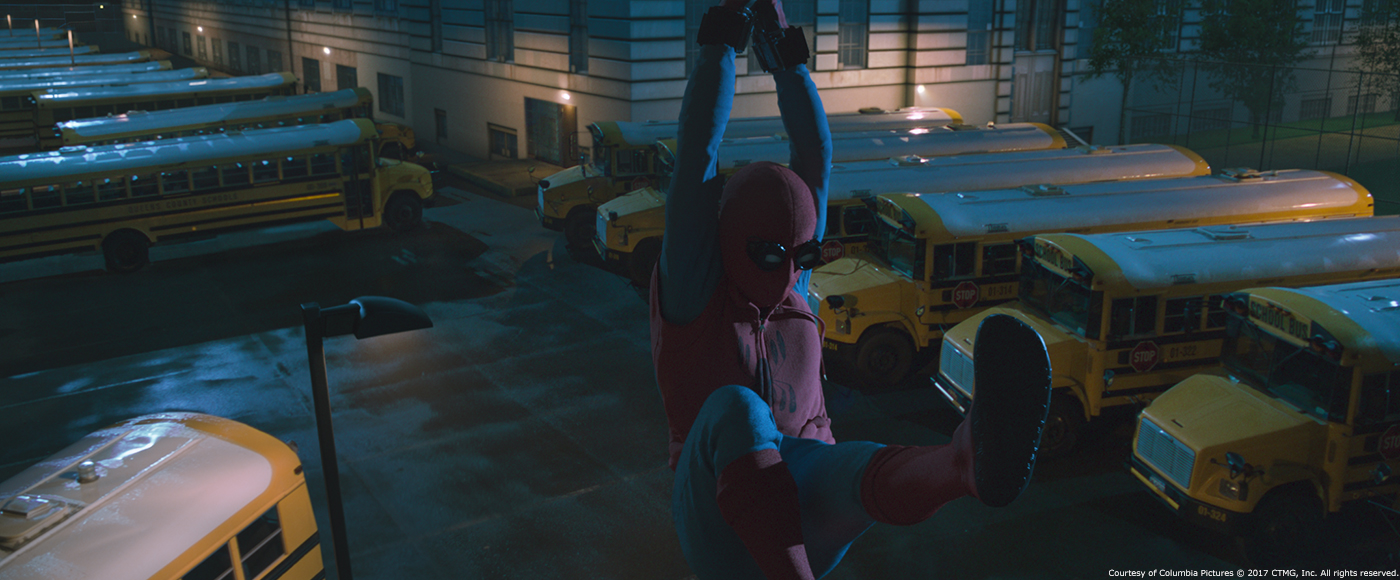
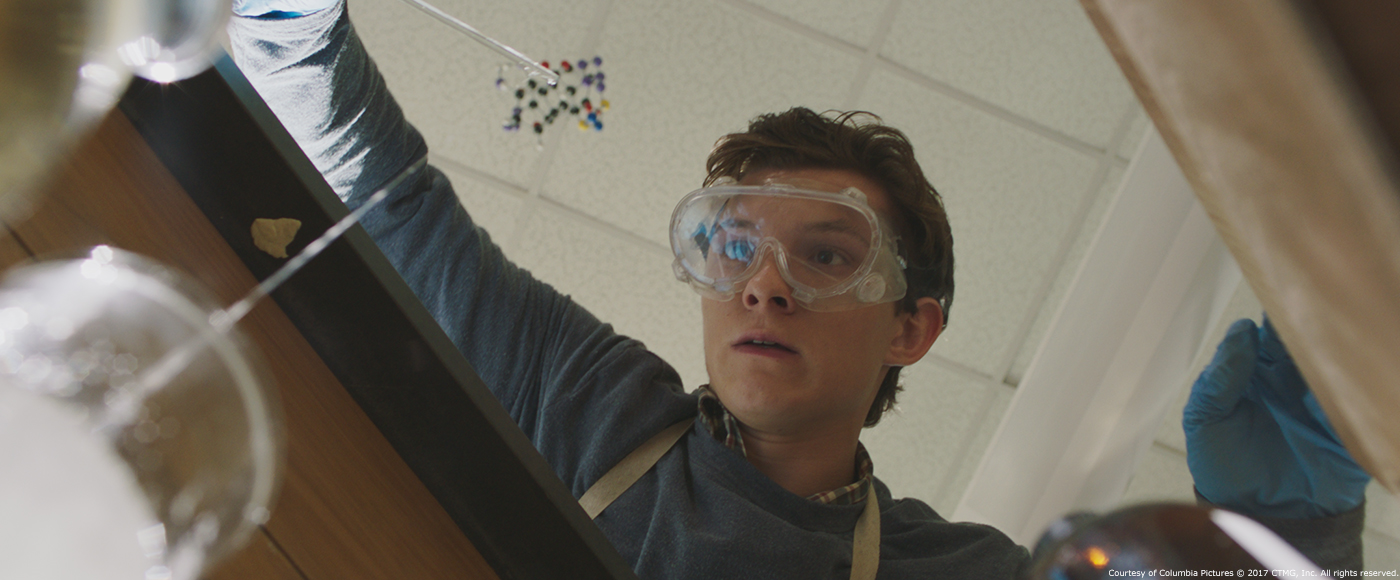
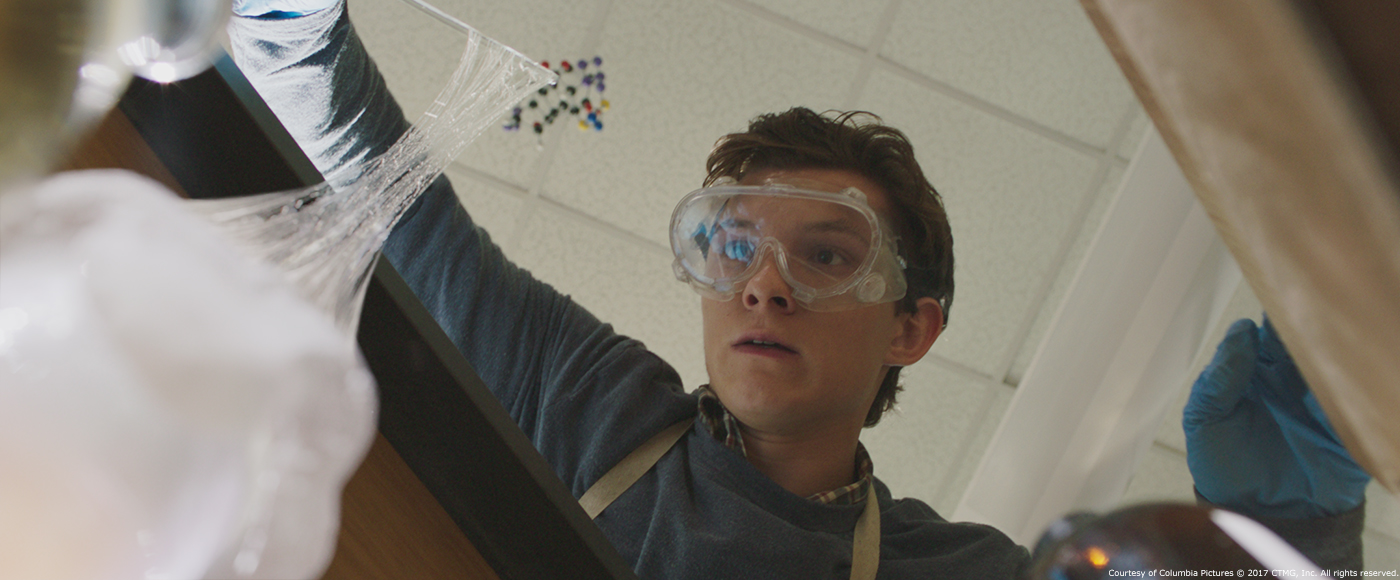
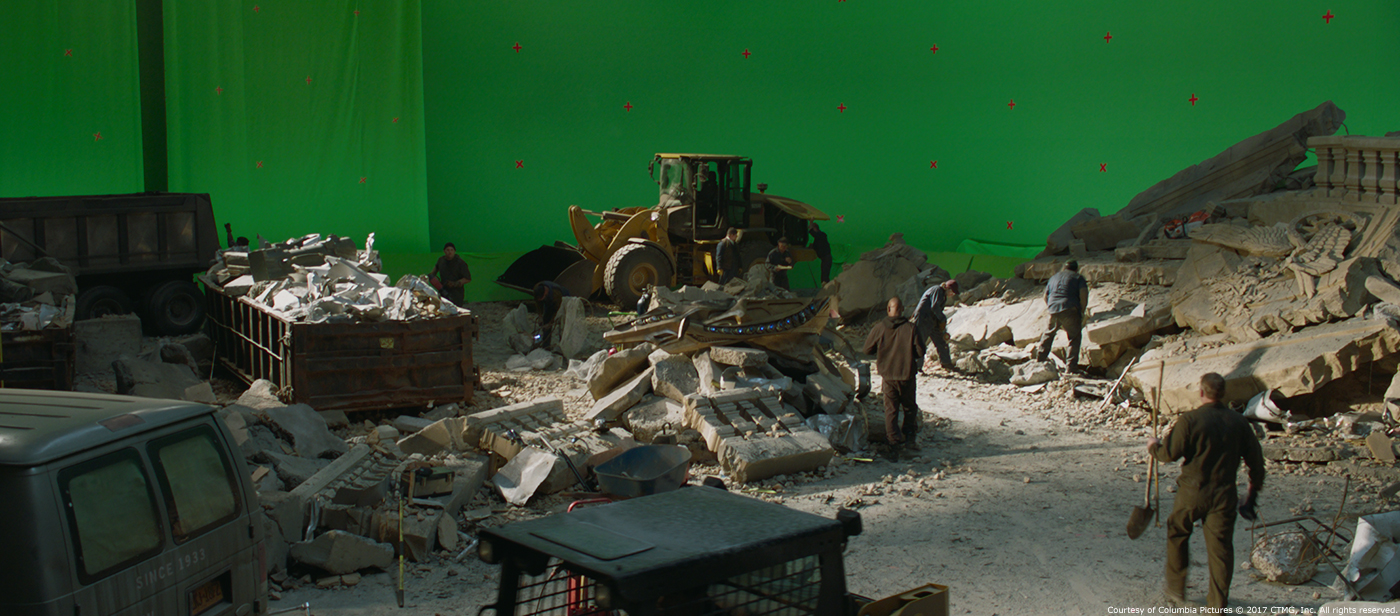
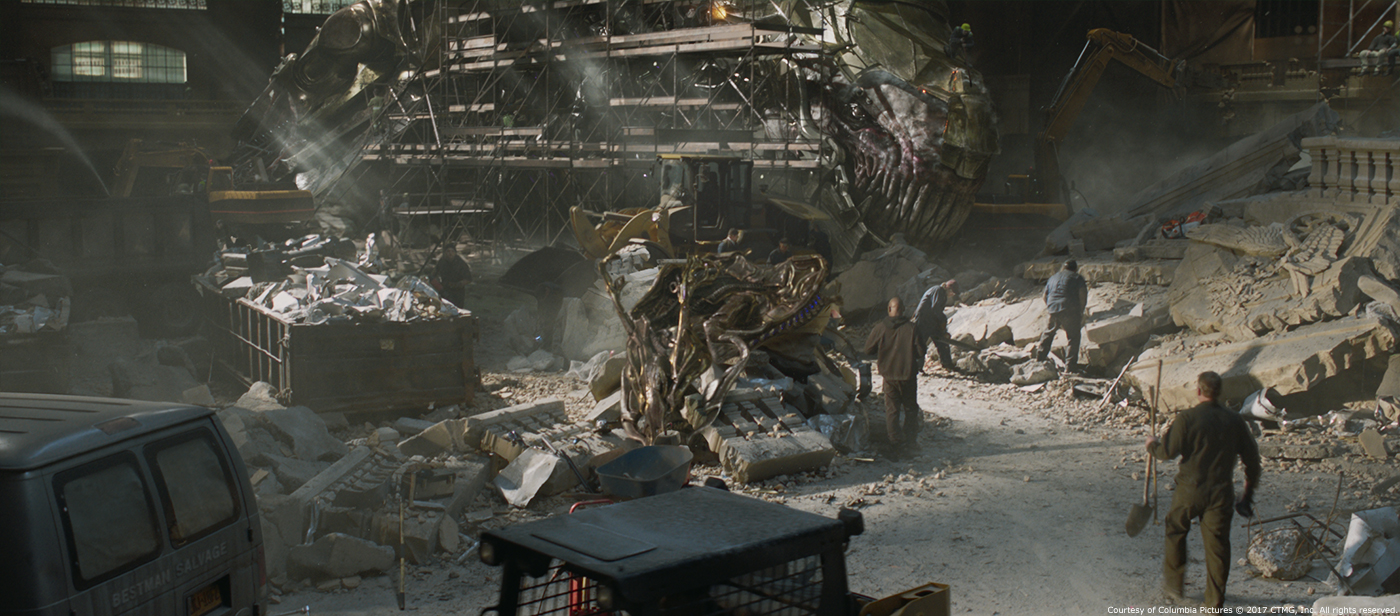
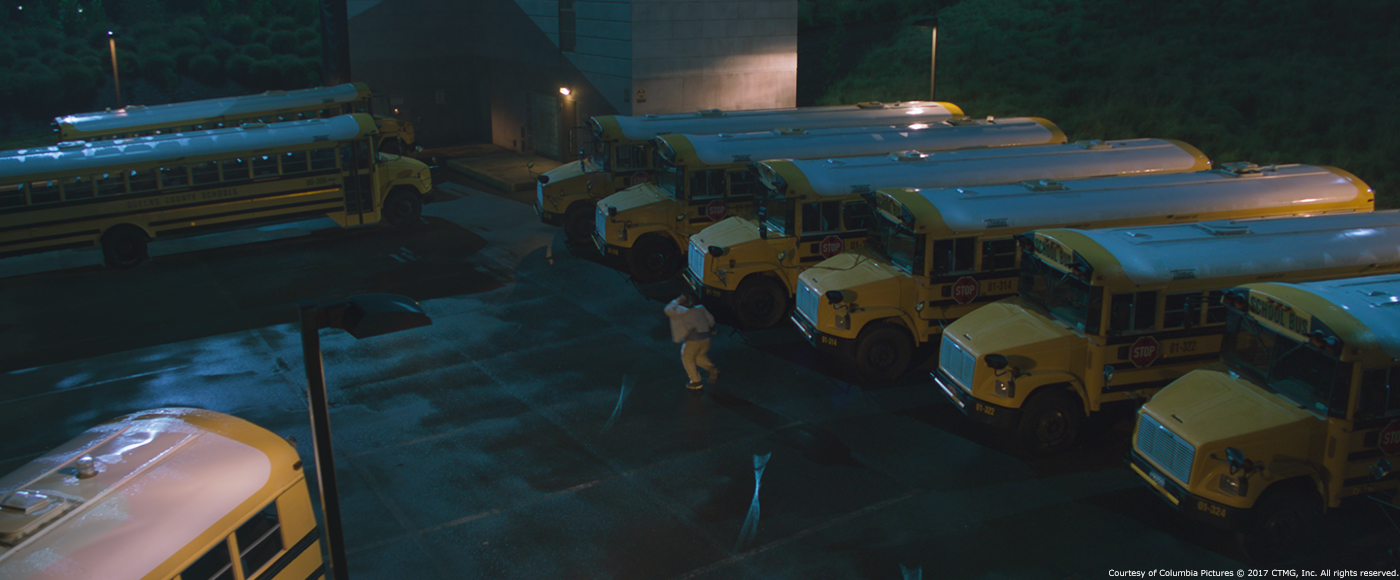

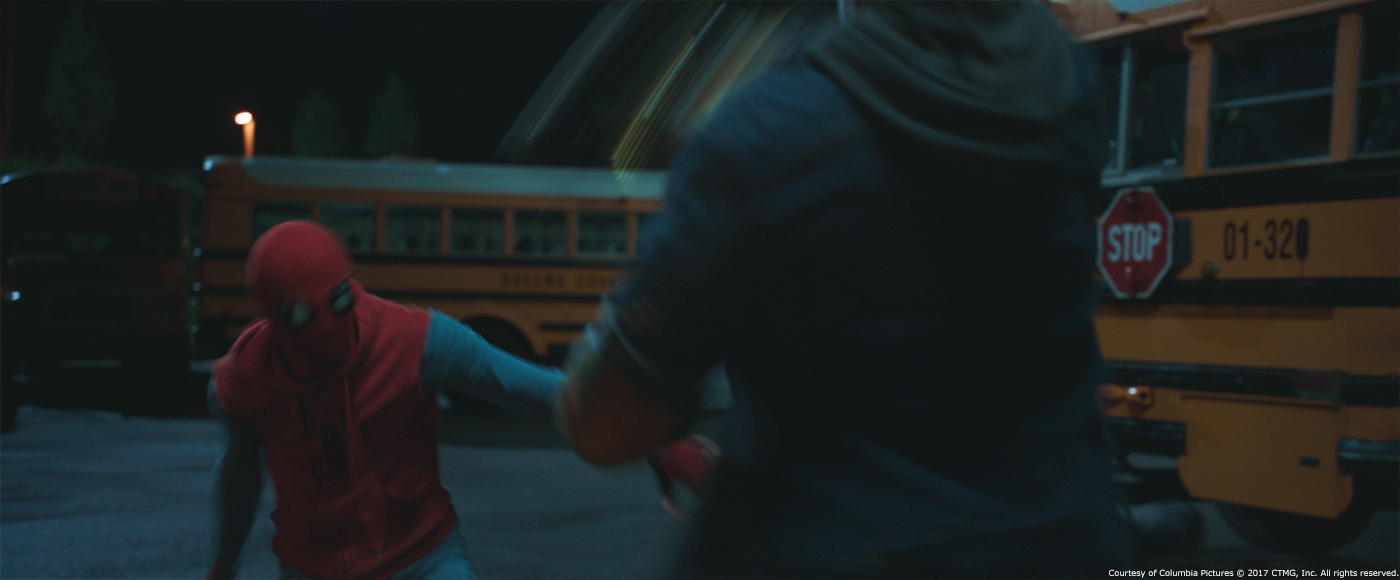

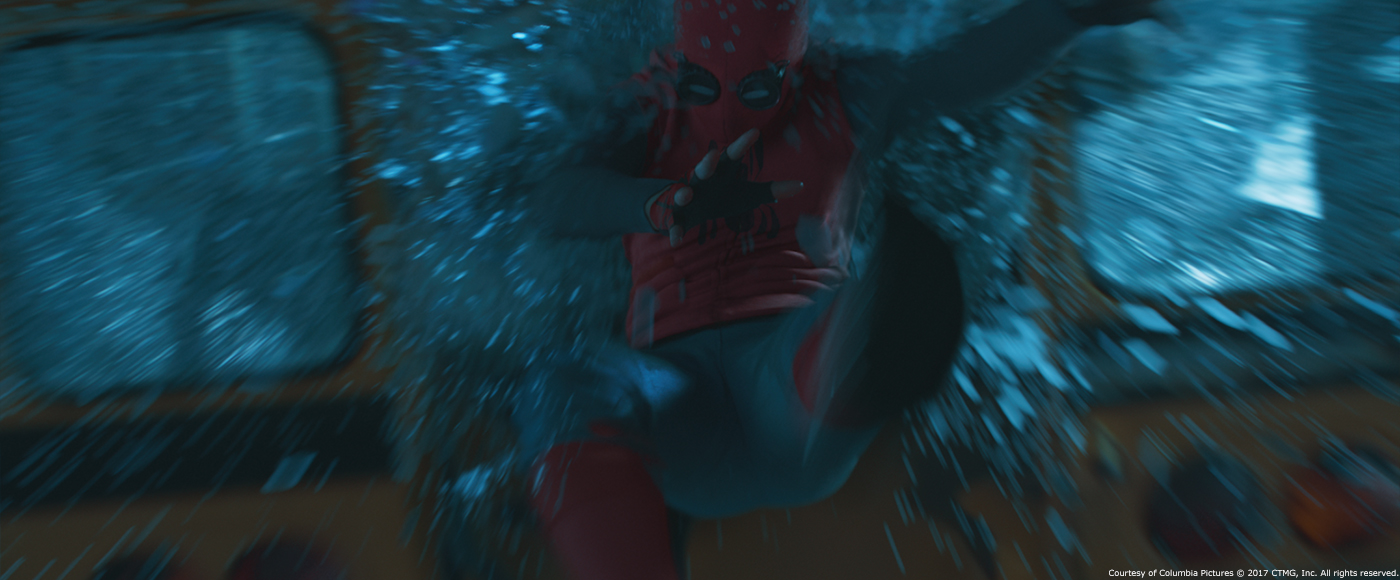
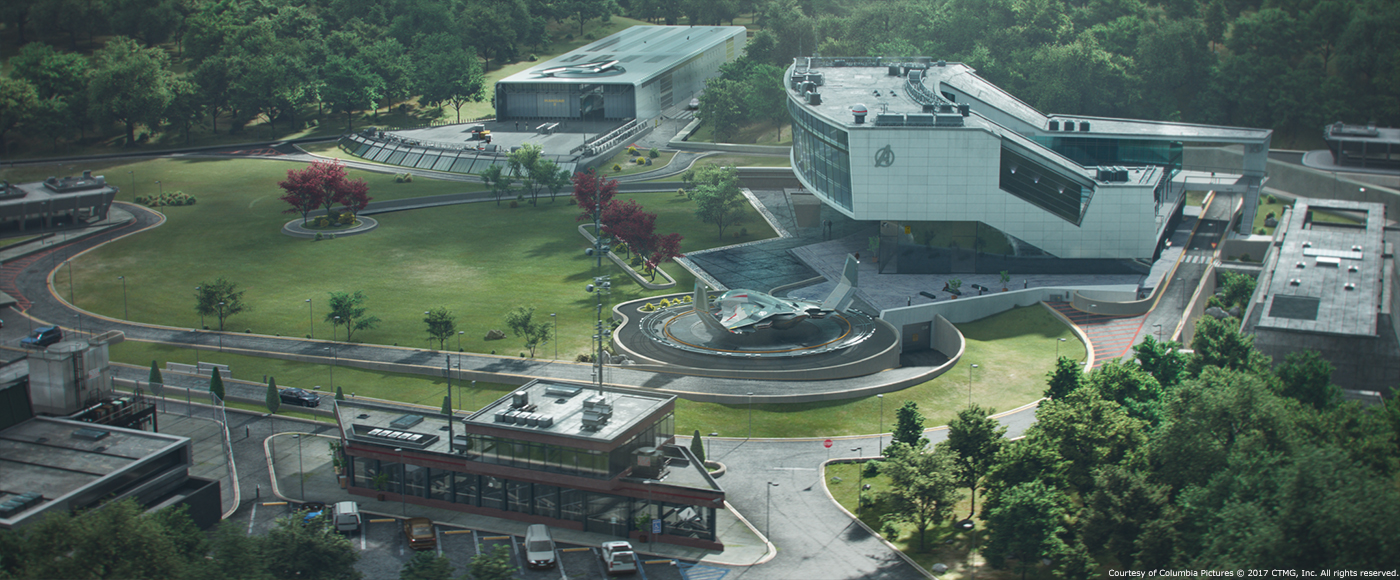
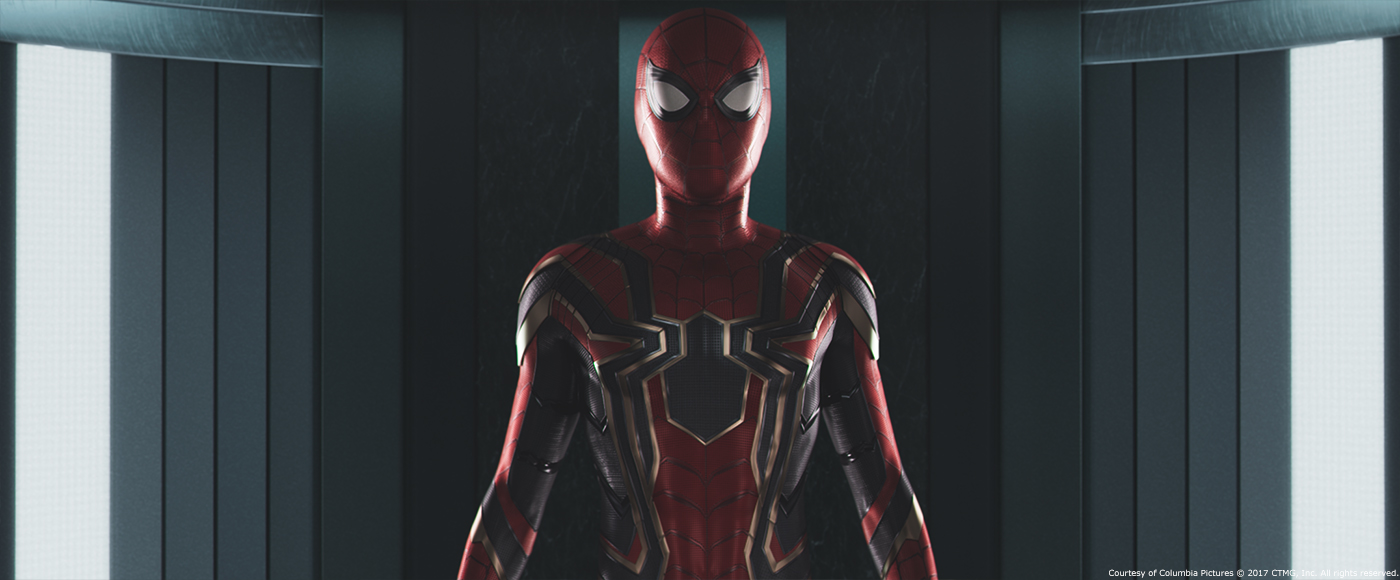





Dominik was one of the best supervisors I’ve ever worked with. A great leader and wonderful human being!